The Epidemic > The Big Five > Tommy John Twist
2016.6.7
Updated 2021.8.25
 Tommy John Twist refers to the twist you see in the wrists of many baseball pitchers that is usually the result of their having been taught to Point the Ball at Second Base or Center Field. The Tommy John Twist is problematic because it tends to create a Timing problem, as it did in the case of Walker Buehler. Other pitchers who have had injury problems as a result of the Tommy John Twist include...
Tommy John Twist refers to the twist you see in the wrists of many baseball pitchers that is usually the result of their having been taught to Point the Ball at Second Base or Center Field. The Tommy John Twist is problematic because it tends to create a Timing problem, as it did in the case of Walker Buehler. Other pitchers who have had injury problems as a result of the Tommy John Twist include...
I have long expressed concern about how often you see the same twist in the wrists of pitchers who have had or will need Tommy John surgery, especially pitchers who have required multiple Tommy John surgeries.
I orginally refered to this movement using a technical term, Premature Pronation, then started calling this movement the Tommy John Surgery Twist, because of the position of the wrist and the common result.
I've since shortened that to just the Tommy John Twist.
The Tommy John Twist is a problematic movement pattern — that results from teaching ballplayers to point the ball at second base — that I believe contributes to injuries in baseball pitchers because it increases the likelihood they will have a Timing problem.
Which is why, in the short term, it may help a pitcher's velocity.
However, that is a problem for two reasons.
First, studies show that pronating the pitching arm side forearm for an extended period of time will tend to inhibit the external rotation of the pitching arm, leading to a Timing problem and, in the worst case, what I call Flat Arm Syndrome. Second, pointing the ball at second base reduces or even eliminates the ability of the muscles of the forearm to take some of the load off of the Ulnar Collateral Ligament (UCL), the ligament that is replaced during Tommy John surgery.
One of the more recent victims of the Tommy John Twist is Alex Reyes of the Cardinals, and I give a high-level overview of how and why the Tommy John Twist creates a problem in my analysis of Alex Reyes' pitching mechanics.
Given that recent research into pitching mechanic suggests that Timing problems are a major driver of injuries in pitchers, Dr. Glenn Fleisig of ASMI has come to agree with me that pitchers and throwers should NOT be taught to point the ball at second base.
As for the "studies" that purport to debunk the idea that the Tommy John Twist is problematic, please read my Comments on Investigating the Tommy John Twist.
In this and a few related pieces, I go into more detail about how and why this commonly-taught movement is problematic.
The Tommy John Twist
The Tommy John Twist is one of the leading causes of Timing problems -- and thus injuries -- in baseball pitchers.
What's worse, it's a movement that generally has to be TAUGHT.
If throwers and pitchers aren't TAUGHT to do it, they won't.
Definition
I define the Tommy John Twist as Pronation of the forearm of the pitching arm such that it create a Timing problem whereby the pitching arm failes to achieve sufficient External Rotation by the time it starts to rotate and comes under load.
Cause
The Tommy John surgery Twist results from the Premature Pronation of the pitching arm side forearm into or at foot plant.
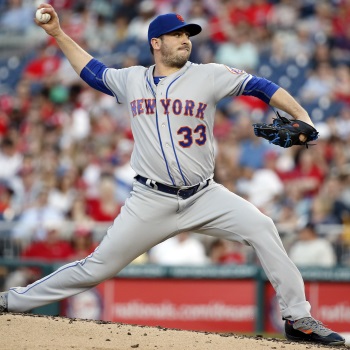
Matt Harvey
As I explain in my analysis of Matt Harvey's pitching mechanics, the way his wrist and forearm moved during his delivery and, more importantly, the resulting (negative) impact on his arm and its Timing, let me see his injury coming well in advance.

Walker Buehler
Technically-speaking, what I'm referring to is premature pronation of the pitching arm side forearm into, and in the worst cases at or even after, foot plant.
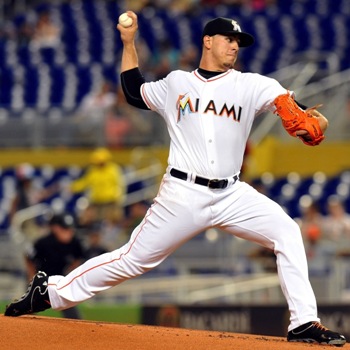
Jose Fernandez
As i discuss at length in my analysis of Jose Fernandez's pitching mechanics, the existence of a pronounced Tommy John Twist...

Jose Fernandez
...was one of the things that enabled me to first predict Jose Fernandez's elbow injury and then predict Jose Fernandez's shoulder problems.
Tommy John and the Twist
The Tommy John Twist was named after the surgery, not the man.
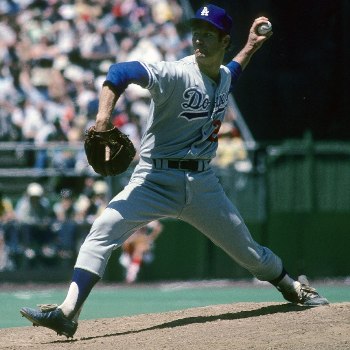
Tommy John
However, I have recently come across a number of pictures that make me wonder if what got Tommy John's elbow was the same twist.
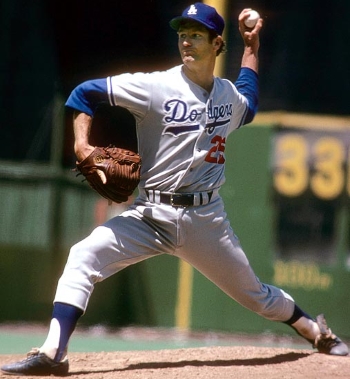
Tommy John
I'm also starting to wonder if Tommy John is teaching the twist to young pitchers.
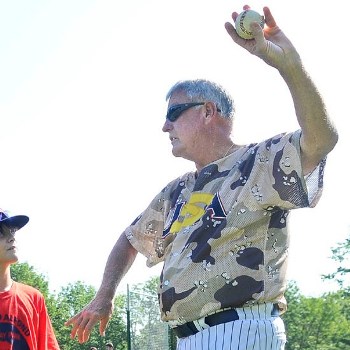
Tommy John
This fear is based on a terrifying piece about Tommy John from 2011 that I recently came across.
Wyatt Viles listened to every word Tommy John had to say. The 10-year old from Strong watched John cock his left arm in a throwing motion, then mimicked the motion as best he could, twisting his left hand so the baseball turned from his body, then twisting his hand towards himself as he threw.
What's the big deal?
The phrase, "twisting his left hand so the baseball turned from his body," is a description of the Tommy John Twist.
What Nolan Ryan is Missing
Why won't Nolan Ryan's proposed solution to the epidemic -- throw more -- work?
Because modern pitchers generate velocity differently.
You can see the Tommy John Twist in the picture below that compares Nolan Ryan and Walker Buehler.

Nolan Ryan and Walker Buehler
Into foot plant -- which is the critical moment because that is when the arm typically comes under load -- Nolan Ryan points the ball at third base while Walker Buehler is points the ball at second base.

Walker Buehler
The way Walker Buehler points the ball at second base (or center field) is problematic because he does it by twisting (pronating) his pitching arm side wrist at foot plant.
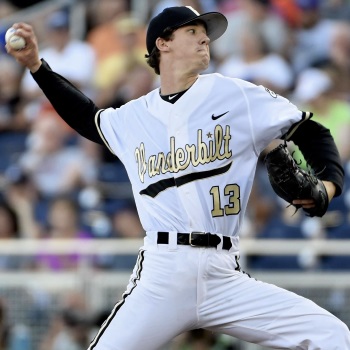
Walker Buehler
You can see the same twist in the arm of Riley Pint, which is why I question whether he will last as a starting pitcher.

Riley Pint
If he even makes it to the major leagues.
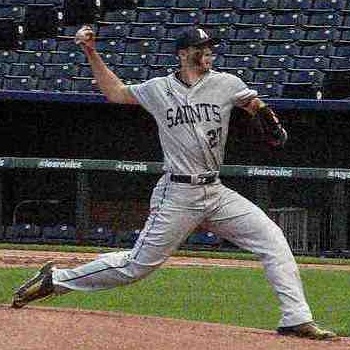
Riley Pint
While ASMI advocates pointing the ball at second base, I believe that is bad advice because, as I explain in my piece on Premature Pronation, and as is backed up by the science behind The Epidemic, pointing the ball at second base will often create a Timing problem.

Riley Pint
That may lead to a short-term velocity boost, but it often does so by overloading the arm and creating problems with the elbow and then the shoulder.
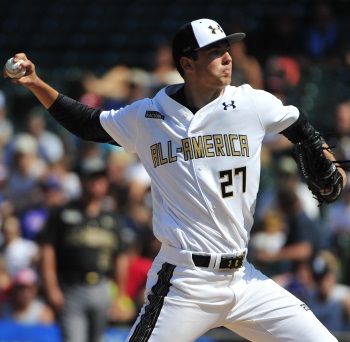
Riley Pint
Predictive Power
The Tommy John Twist has tremendous predictive power, as I touch on in my analysis of Jose Fernandez's pitching mechanics.

My First Jose Fernandez Tweet
As I discuss in my analysis of Matt Harvey's pitching mechanics, the Tommy John Twist was one of the things that alerted me to a problem with his mechanics, a problem that I discussed in advance of his Tommy John Surgery.
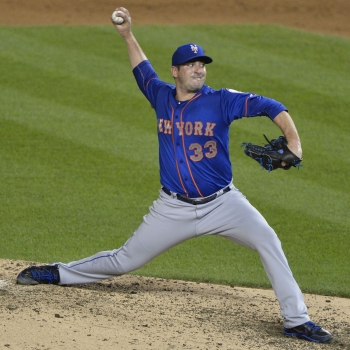
Matt Harvey
My understanding of the true nature of the Tommy John Twist allowed me to predict that Walker Buehler wasn't suited to be a starting pitcher.

Walker Buehler
It also allowed me to see Hunter Harvey's elbow problems coming years in advance.

Hunter Harvey
Most recently, my understanding of the problematic nature of the Tommy John Twist allowed me to predict the injury of Lance McCullers.
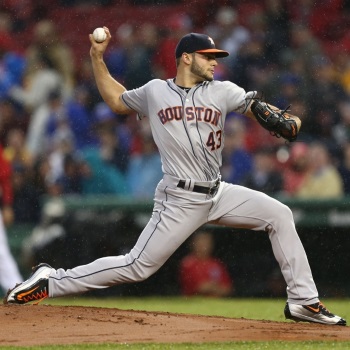
Lance McCullers
The problem is the Tommy John Twist works by inhibiting the external rotation of the pitching arm, making it late into Foot Plant.
By design.
(W)hen the forearm is pronated, the humerus remains internally rotated. This causes the shoulder to abduct while delaying humeral external rotation. (Davis 2009)
The resulting Timing problem -- which recent research into the epidemic reveals is problematic -- will often produce a quick velocity boost, at the cost of overloading the arm.

Hunter Harvey
Depressingly often, that gets the elbow and then the shoulder.
Examples of the Tommy John Twist
For years, I have expressed concern about how, at foot plant, you often see the same twist in the wrists of pitchers who have had or will need Tommy John surgery.

Vince Velasquez

Jeff Hoffman
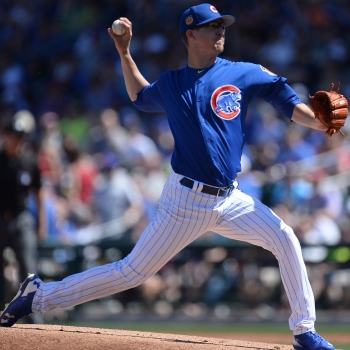
Alec Mills

Lance McCullers
That is especially true of pitchers like Taylor Jordan and Kris Medlen, who have required multiple Tommy John surgeries.
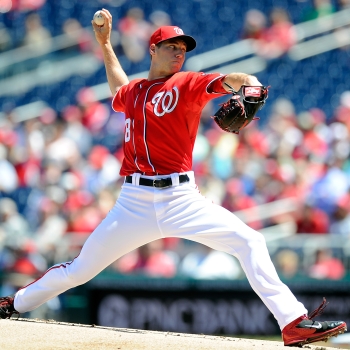
Taylor Jordan
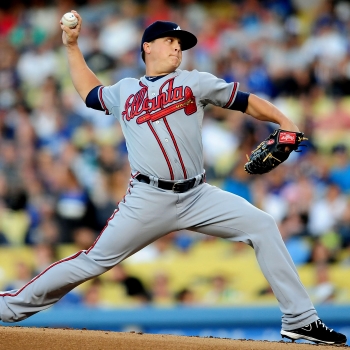
Kris Medlen
For obvious reasons, I call this movement the Tommy John surgery Twist.
Or just the Tommy John Twist.
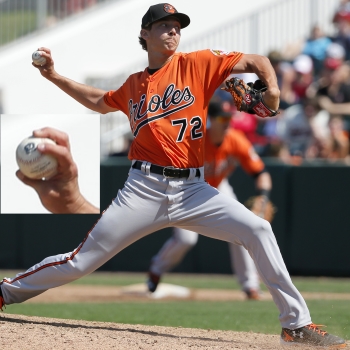
Hunter Harvey
The Tommy John surgery Twist results from teaching ballplayers to point the ball at second base into or at foot plant.

Tommy John
Pitchers who exhibit the Tommy John Twist, meaning they Point the Ball at Second Base into or at foot plant, include.

Hunter Harvey

Tommy John

Tommy John

Tommy John

Vince Velasquez

Jeff Hoffman

Walker Buehler

Walker Buehler

Matt Cain
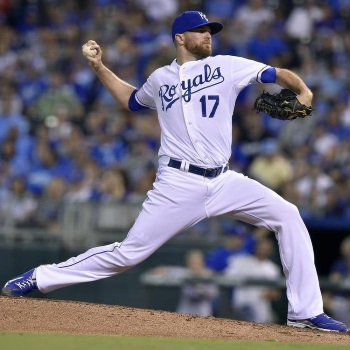
Wade Davis

Jose Fernandez

Jose Fernandez

Marco Gonzales

Matt Harvey

Taylor Jordan
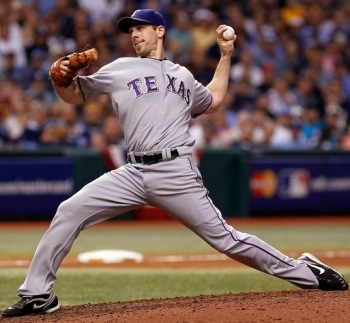
Cliff Lee
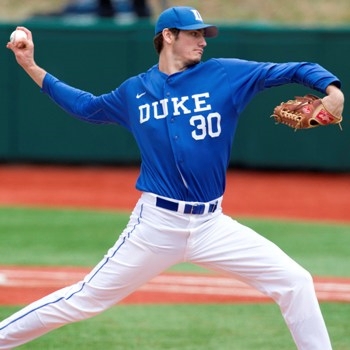
Michael Matuella

Lance McCullers

Kris Medlen

Alec Mills

Lance McCullers
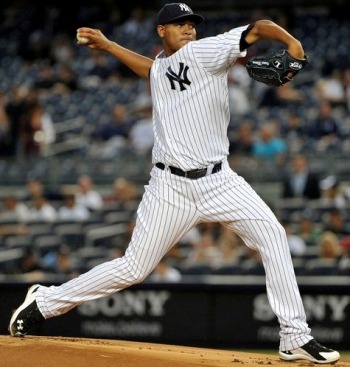
Ivan Nova

Riley Pint

Alex Reyes

Kyle Smith
The Alternative to the Tommy John Twist
You don't see the Tommy John Twist in the wrists of dominant and durable pitchers.
Instead, they point the ball at third base (first base for lefties).

Roy Halladay
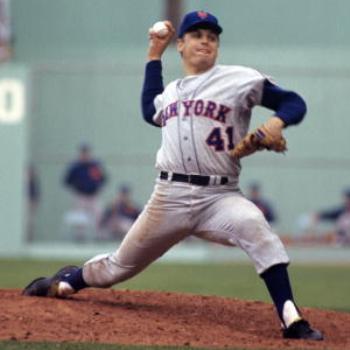
Tom Seaver

Nolan Ryan
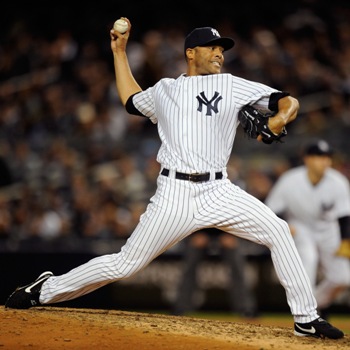
Mariano Rivera

David Price
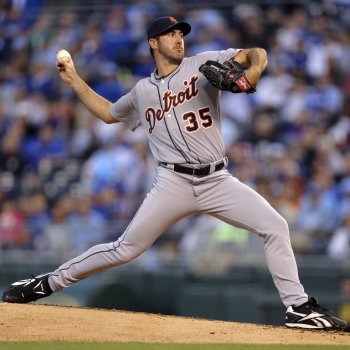
Justin Verlander
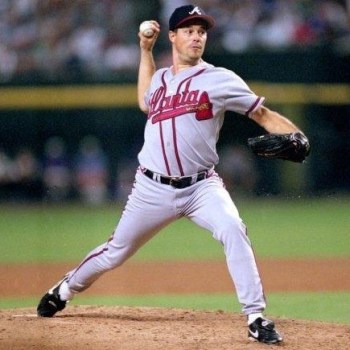
Greg Maddux
ASMI and the Tommy John Twist
ASMI advocates pointing the ball at second base, so how could it be bad?
Well, the Mayo Clinic advocates Flat Arm Syndrome and Timing problems, so I sadly don't see any (positive) correlation between an organization's prominence the wisdom of the mechanics it advocates.
As I discuss at length in my comments on ASMI's pitching mechanics model, the description of the basics of the pitching delivery on Playball.org says...
The throwing hand fingers should be on top of the ball, with the arm working through a down, back and up progression so that the ball is ultimately pointed towards second base.
UPDATE 2016.10.5: I contact Dr. Glenn Fleisig of ASMI who explained to me that this section of the Playball.org website was NOT written by ASMI, but by someone at USA Baseball. He is contacting them to talk about revising it.
However, in an July 2016 communication to a parent on the ASMI web site, Dr. Glenn Fleisig of ASMI did say...
As a lefty, he SHOULD be showing the ball to the second baseman / CF at foot contact. A general description of good mechanics are described on the MLB / USA Baseball website "PlayBall.org" Here is the direct link: web.usabaseball.com/arc/coaches/resources/pitching/biomechanics-of-pitching/
Read more: https://asmiforum.proboards.com/thread/2331/premature-pronation#ixzz4G8mkSUEt
A lefty pointing the ball at the second baseman's position isn't as bad as pointing the ball at second base, but by saying "second baseman/CF" you are implicitly endorsing pointing the ball at second base, which is a problem.
And how could pointing the ball at second base be bad?
I believe the simplest, and least conspiratorially-minded, answer is that, as is also the case with the Mayo Clinic's incredibly troubling advocacy of Timing problems...
- It's what (pretty much) everybody teaches.
- They making the all too common mistake of assuming that proper pitching mechanics are anything that let you throw hard.
If you're throwing hard, then your mechanics have to be good.
Or so the logic seems to go.
I would argue that assumption has led ASMI to make some questionable statements and support some problematic ideas in the past.
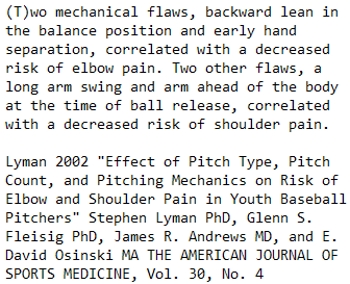
But if those "flaws" reduce the risk of pain...
This may be another example of ASMI letting an assumption take it to a problematic place..
When You Assume...
I came of age in the computer industry. In that world, when you change something and deploy that change, and everything starts breaking, you undo that change, revert the system to the prior state, and figure out what went wrong.
In my opinion, and as I explain in Pitching MRSA,the idea of pointing the ball at second base is a historically recent development.
One that coincides with The Epidemic.
Prudence dictates that we revert all of the recent changes that have been made to how we teaching pitching, starting with the idea of pointing the ball at second base.
We need to see what people got wrong before we ruin another generation of arms.